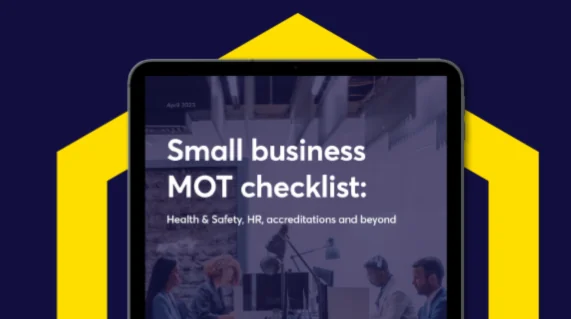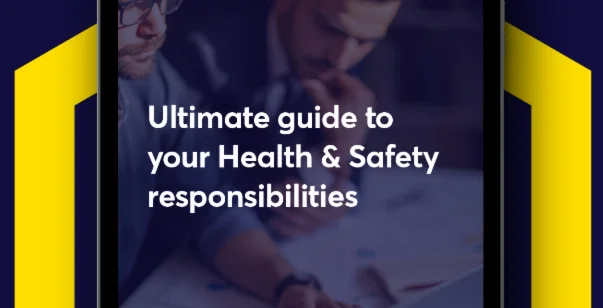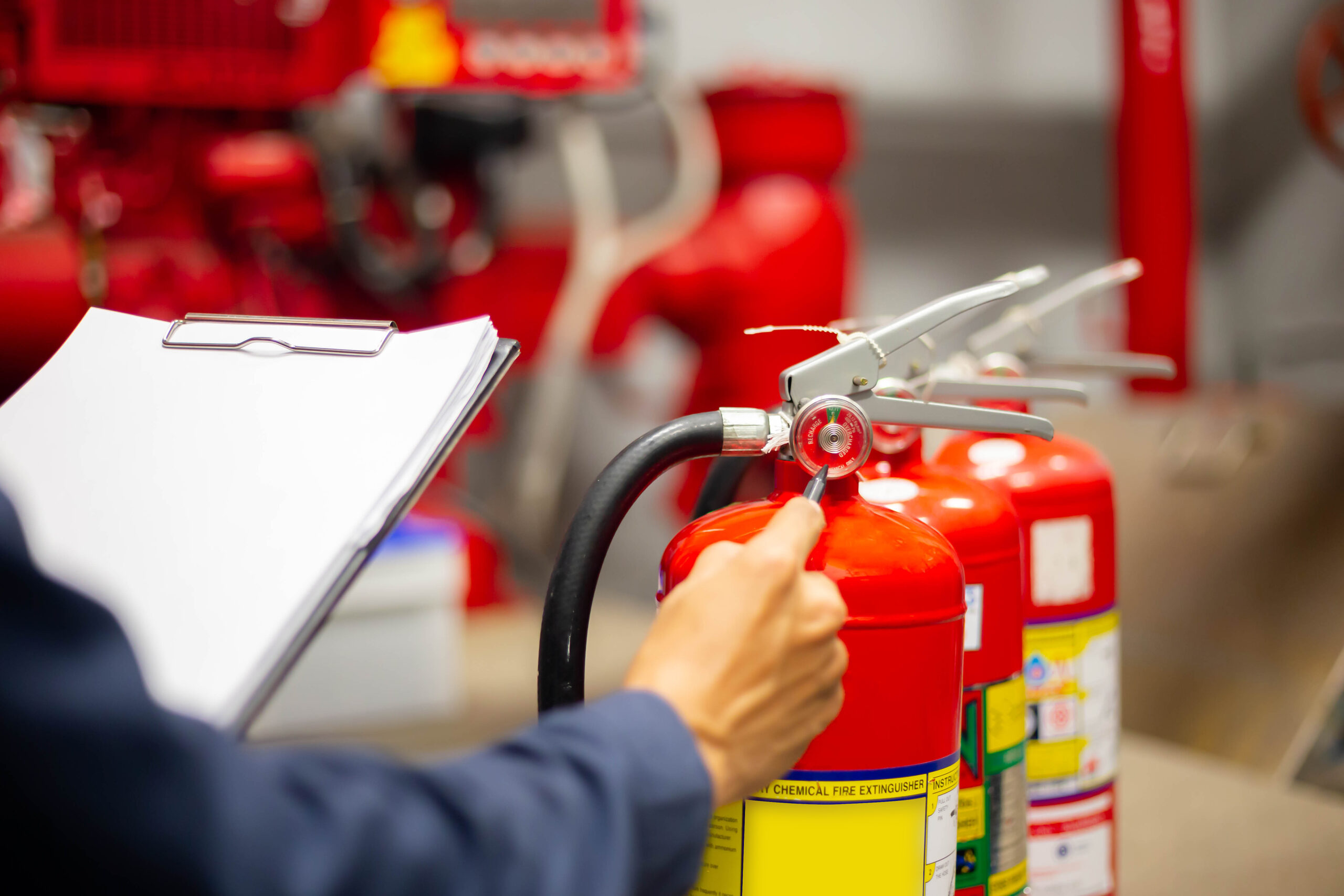Working at height is one of the most dangerous activities in the workplace, and it’s shown to be a leading cause of workplace fatalities – according to the Health and Safety Executive (HSE), out of the 135 fatalities in 2022/23, 40 of them were a result of falls from a height. Understanding the risks associated with working from height is crucial to ensuring the safety and wellbeing of employees – so in this article, we’re going to explore the various hazards of working at height, the regulations surrounding it and how to control the risks effectively.
What is working at height?
According to the HSE, working at height encompasses any task that involves working above ground level where a person could fall and injure themselves. It applies to a broad range of situations, from working on ladders to operating machinery at height. It’s important to note that there’s no minimum height in terms of distance within the working at height regulations, making it crucial to assess any risks regardless of how high your workers are off the ground.
Working at Height regulations
The Work at Height Regulations 2005 are designed to prevent death and injury caused by a fall from height. Employers have responsibilities under these regulations to make sure work is properly planned, supervised and carried out by competent people. This includes using the right type of equipment for working at height and assessing the risks properly. Failure to comply with these working at height regulations can result in legal repercussions and financial penalties, so employers must be aware of what responsibilities they’ve got.
What are the most common risks of working at height?
When addressing the risks of working at height, it’s crucial to recognise the various hazards that could potentially lead to accidents and injuries if they’re not adequately controlled.
- Slips, trips, and falls – uneven surfaces, slippery conditions, or inadequate safety measures can increase the risk of falls.
- Objects falling – tools, materials, or debris dropped from height can pose a significant danger to workers below.
- Working with ladders – improper ladder use, instability, or overreaching can result in falls.
- Fragile surfaces – walking or working on fragile surfaces without proper reinforcement can lead to collapses.
- Inappropriate equipment – use of faulty or unsuitable equipment increases the likelihood of accidents.
- Poor protective equipment – insufficient or inadequate personal protective equipment (PPE) fails to mitigate risks effectively.
- Weather conditions – adverse weather, such as high winds or rain, can exacerbate existing hazards.
How to comply with the Work at Height Regulations
Putting proper control measures in place is crucial for keeping the environment safe when working at height. Employers should prioritise a few things to control the risks safely:
- Risk assessments – conducting thorough risk assessments helps identify potential hazards and implement suitable control measures. We’re here to help with all your risk assessment needs, and we’ve even got a specific Working at Height risk assessment template that you can tailor to your business.
- Training – providing employees with proper training on safe working practices and equipment usage is essential. Our Working at Height training course helps you to effectively manage risks and control measures.
- Careful supervision – the right amount of supervision ensures that safety protocols are followed and corrective action is taken promptly.
- Work at ground level – where possible, tasks should be carried out at ground level to minimise exposure to height-related risks.
- Use the right equipment and tools – using the right equipment and tools designed for working at height reduces the likelihood of accidents.
- Provide protection – employers should give workers suitable PPE to mitigate the risk of injury, for example, harnesses, helmets and fall arrest systems.
Minimise working at height hazards with HS Direct
Safety should be a top priority when it comes to working at height, and HS Direct is here to help you out. We offer comprehensive Health & Safety risk assessments and support, including a detailed Working at Height Risk Assessment, to ensure you’re compliant and maintaining a safe environment.
Or, if you’re looking for an end-to-end solution that meets all your needs, our Safety First Package is the answer. Alternatively, call our team on 0114 244 4461 to find out more.








